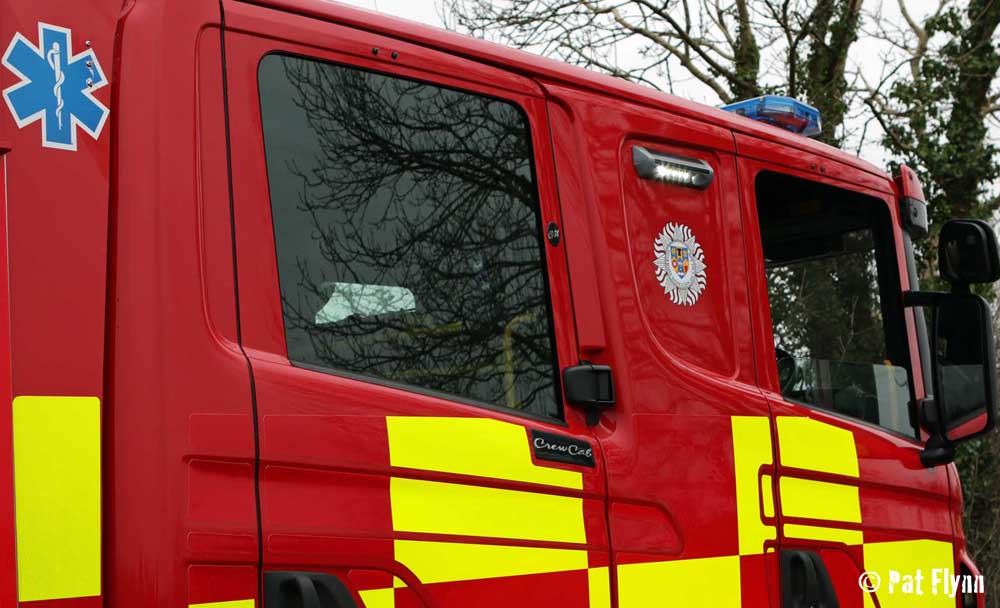
The fire brigade had to be sent to treat a cardiac arrest patient in north Clare because no ambulance was available at the time.
It has emerged that the incident occurred just hours before an ambulance transporting a seriously ill patient to hospital in Limerick broke down on a motorway also in Clare. The patient was later pronounced dead.
It was also the second time in recent months that the fire service was requested to cover a cardiac arrest call because the nearest ambulance was too far away. That patient also passed away.
At 1.14am on June 30th, Ennistymon fire service was requested by the HSE’s National Ambulance Service (NAS) to respond to the cardiac arrest call in Lahinch.
The fire service responded to the call and administered first aid until an ambulance arrived. The man was however pronounced dead a short time later.
HSE Paramedics have also claimed that a colleague, an advanced paramedic who should have been on duty in the Ennistymon area on the night, had been moved to Ennis ambulance station to cover a shift there.
Advanced paramedics, specially trained in Advanced Life Support (ALS), operate from custom fitted rapid response vehicles (RRV’s) but also make up a two-person crew on ambulances.

Just a few hours later, an ambulance rushing a cardiac arrest patient to University Hospital Limerick (UHL) broke down on the M18 near Shannon.
A replacement ambulance was sent to the scene however the patient was pronounced dead a short time later in hospital.
Paramedics say that resources are so stretched in Clare, the county is regularly left with RRV cover even though the service was introduced as a replacement for the A&E departments at Ennis and Nenagh hospital when they were closed by the HSE.
Clare Fine Gael Senator Martin Conway has called for an urgent review of both cases and will today ask the Minister for Health to initiate such a review.
“The situation that arose in Co Clare on June 30th is totally unacceptable. It’s clear that there is a lack of adequate resources within the ambulance service in Co Clare and this needs to be addressed. Taking staff out of one area to cover a shortage in another should not happen,” Senator Conway said.
“I have no issue with the fire service being asked to respond to ambulance calls but there are no protocols in place for this. I will be calling on the Minister for Health to address the issue of resources within the ambulance service in Clare and to initiate an urgent review of these two particular incidents which happened only hours apart,” Mr Conway added.
Despite being asked for comment a week ago, the National Ambulance Service has not replied.
In March, Kilkee fire brigade had to be sent to attend to a patient who had suffered a heart attack because the nearest ambulance was 50 kilometres away.
While it is not the statutory role of Clare County Fire and Rescue Service to provide emergency medical services (EMS), brigades will mobilise to assist other blue light services.
Frontline emergency fire appliances in the county are fitted with automatic external defibrillators (AED).